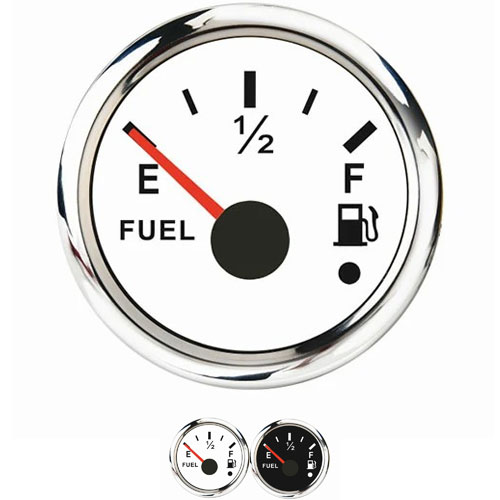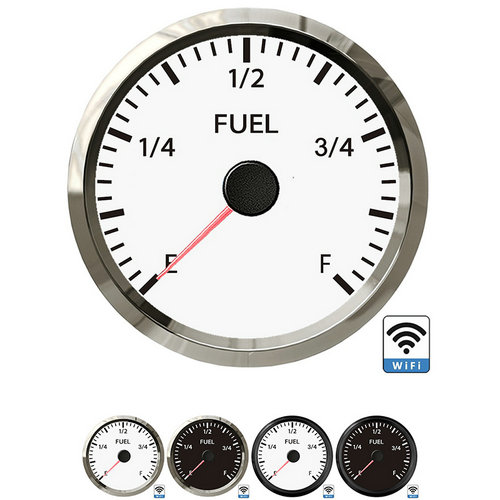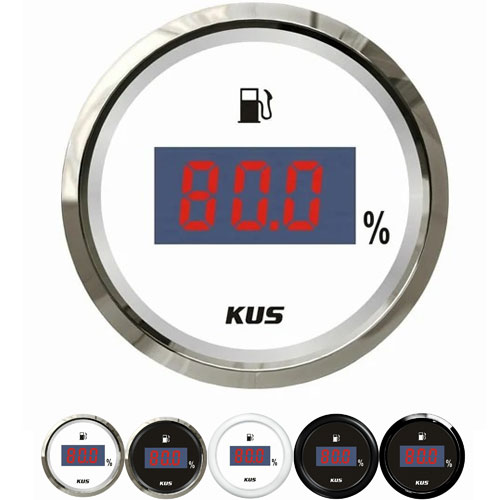what does my boat fuel gauge show full when on and when off shows actual level of fuel left
Calculating the fuel consumption of a yacht is very important for boaters for many reasons. After understanding the fuel economy of the ship, the amount of fuel burned per mile or sea mile can estimate the range they can travel safely. Some boat drivers have even developed a fuel consumption chart for their ships. You can use any navigation test as an algorithm model. Of course, if the ship's engine does not provide a fuel consumption reading, you can also install a fuel consumption monitor.In addition, the fuel consumption of the ship can be better understood. When purchasing a new ship or marine engine, fuel consumption is the main basis for comparison.
There are two kinds of gauges, one is to check the gauge with the depth of the oil tank, and the other is to check the gauge with neutral gear. According to what kind of gauge you use, you can convert the tank depth or neutral height when measuring oil. Example: according to the tank depth table, the relationship between the depth and volume of fuel oil is listed in the table.When you measure the depth of the oil tank, you can interpolate to calculate the volume.Moreover: due to the heeling and trim of the ship, it needs to be corrected.Finally, calculate the exact volume and calculate the mass according to the density of this oil temperature correction shall also be carried out. If there is a formula, it shall be carried out according to the formula. But now they are all carried out in the computer soon.
Divide the total engine power by 10 (for gasoline engines) or multiply by 0.06 (for diesel engines). This formula is easier to calculate and remember. You don't even need to calculate on paper. It's just not as accurate as the formula above. This result represents the number of gallons the engine burns per hour at maximum throttle. For example, a 150 horsepower gasoline engine will consume about 15 gallons (56 liters) of gasoline per hour. Although these numbers represent the average and may fluctuate by 10% to 20%, this will give you an overview so that you can plan a long voyage without worrying about running out of gas. Of course, you can also install a fuel monitor to track your marine fuel consumption.
 English
English 






Get a Quote / Info